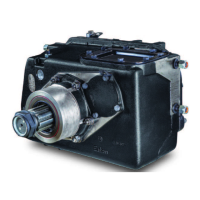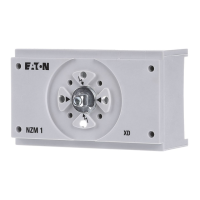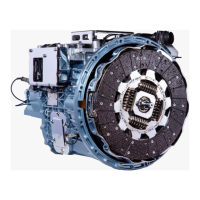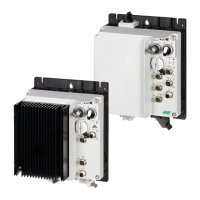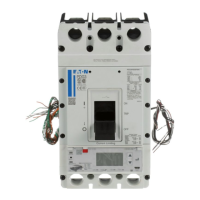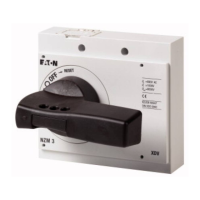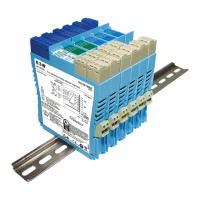4.1.2.3
Friction Shoe Lining Wear
- If the linings are
glazed, they may be lightly sanded to remove
the glazing PROVIDING THEY DO NOT CON-
TAIN ASBESTOS.
Warning:
Clean the edge of the lining and note
the presence of a blue stripe and a
white stripe along with brass flakes in
the friction material. If the above ex-
ists, the linings contain asbestos.
Using the appropriate precautions for
working with asbestos, remove the
linings and dispose of properly. DO
NOT ATTEMPT TO SAND FRICTION
MATERIAL CONTAINING ASBESTOS.
Caution:
When working with any friction
material, regardless of whether or
not it contains asbestos, always wear
approved safety equipment.
4.1.2.4
Uneven Friction Lining Wear
- Tapered wear
across the friction surface typically indicates a
worn drum and/or misalignment. If two or
more adjacent shoes are worn on one end
only, the air actuating tube has most likely
developed a ply separation at that location.
4.1.2.5
Backing Plate Wear
- Wear on the ends of
the backing plates from bearing against the
side plates is indicative of misalignment or
thrusting. If wear is on one end only, and
uniform for all backing plates, a worn drum
may be causing the shoes to thrust as the
element engages. If wear exists on both ends
of all of the backing plates, excessive misalign-
ment is probably the cause. Slight notching in
the torque bar cavity is normal; however, if the
notching occurs in a short amount of time,
check shaft alignment. If both walls in the
torque bar cavity are notched, there may be
a significant vibration (torsional) problem.
4.1.2.6
Release Springs and Torque Bars -
Exces-
sive wear at the ends of the torque bars where
the release spring rides indicates excessive
parallel misalignment.
4.1.2.7
Side Plates
- Any wear on the backing plates
will also be reflected as elongation of the
torque bar holes in the side plates.
VC 5000
Revised: July, 1995 (PDF format)
4.1.2.8
4.1.2.9
42l
4.2.1
4.2.2
4.2.3
4.2.4
43
l
4.3.1
13
.
Contamination of Friction Shoes
- Mild oil or
grease contamination may be removed with a
solvent. Linings which have become saturated
must be replaced. Also, linings that have been
charred from excessive heat must be replaced.
n
! Caution:
When using any solvent, always
follow the appropriate safety
precautions.
Excessive Dust Accumulation
- If dust
becomes packed in the backing plate
cavities, a pressurized enclosure should be
considered. Excessive accumulations will
prevent complete shoe retraction.
Removal of Element Assembly and
Drum (Narrow, Dual Narrow and
Single Wide)
A
! Warning:
Prior to removal of the clutch or
brake, make sure the machinery is in,
and will remain in, a safe condition.
Match mark the element to the spider and the
drum to the drum hub.
Discon
nect the el
ement from
allow it to rest on the drum.
the spider
and
Connect an overhead support to the element
and apply enough tension to support the
weight of the element and drum.
Remove the fasteners attaching the drum to
the drum hub and hoist the element/drum out
from between the shafts.
A
! Caution:
Use extreme care when disconnecting
the drum from the hub. Shear points
exist at the mounting holes.
Removal of Element Assemblies
and Drums (Dual Wide)
Match mark the element assemblies to each
other and to the spider. Also, match mark the
drums to each other and to the drum hub.
@
Copyright Eaton Corp., 1989. All rights reserved.
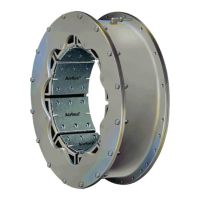
